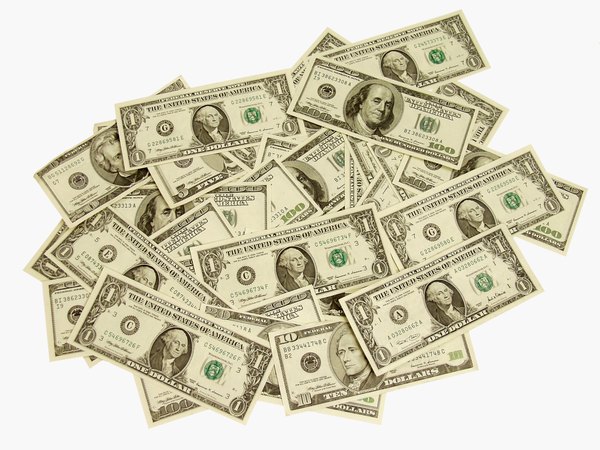Clean vs. Dirty Price
Bonds are quoted clean -- but paid dirty.
Medioimages/Photodisc/Photodisc/Getty Images
The rule in the bond market is “buy clean, pay dirty.” To comprehend this phrase, you must understand how bonds are priced and how they accrue interest. A bond’s price can vary over time because of changes to prevailing interest rates or to the issuer’s credit rating. Accrued interest also has an effect, but only on dirty prices. Simple rule: clean price is the bond price without interest, while the dirty price is the bond plus interest. Keeping the two types of pricing clear will help you avoid confusion when you trade bonds.
Tip
Whereas the 'clean' price of a bond is the current pricing without any form of interest accrual beginning with either the issue of the bond or the current coupon payment, a 'dirty' price includes all accrued interest to date.
Understanding Bond Pricing
Bonds are priced as a percentage of par, or face value. A bond pays out its face value when it matures. For example, many bonds have a par value of $1,000. If you buy the bond for $980, the price is quoted as 98. If you hold this bond until it matures, you’ll collect an extra $20 of principal in addition to the interest you earn on the bond. In this case, 98 is the clean price, because it doesn't reflect any accrued interest in the bond.
When you receive your invoice for the bond purchase, you might notice a higher price. The difference between the price you pay and the bond’s quoted price is accrued interest. You’ll normally also have to pay a brokerage commission.
Defining Accrued Interest
The interest a bond will pay out builds every day until the payment date. The time between interest payments is the accrual period. Many U.S. bonds pay interest semi-annually. You can figure the amount of accrued interest on a bond by multiplying the number of days since the last payment by the daily interest rate and the bond face value. Bonds have different “day count conventions” that can affect the number of interest-bearing days in the accrual period. On the interest payment date, a bond's accrued interest resets to zero.
Exploring Dirty Bonds
A bond’s dirty price is its clean price plus accrued interest. If you were to graph the bond’s dirty price minus clean price each day, you’d see it rise during the accrual period from zero to the period’s coupon amount. For example, a $1,000 bond might have an annual coupon rate of 6 percent, for a coupon amount of $60. If it pays interest semiannually, the bond’s dirty price reaches a maximum value every six months equal to the clean price plus $30 and then falls back to the clean price on payment date.
Explaining Dirty Price Payments
Unless you happen to buy a bond on the payment date, you’ll pay a dirty price that reflects accrued interest as of the purchase date. That accrued interest goes into the bond seller’s pocket. When the bond reaches its next payment date, you’ll receive the full coupon amount.
Because you paid the accrued interest up front, your net interest for the period is the coupon amount minus the initial accrued interest. If you sell the bond before maturity, you must include the accrued interest you receive at the sale in your taxable income unless the bond is a tax-free municipal.
References
Resources
Writer Bio
Eric Bank is a senior business, finance and real estate writer, freelancing since 2002. He has written thousands of articles about business, finance, insurance, real estate, investing, annuities, taxes, credit repair, accounting and student loans. Eric writes articles, blogs and SEO-friendly website content for dozens of clients worldwide, including get.com, badcredit.org and valuepenguin.com. Eric holds two Master's Degrees -- in Business Administration and in Finance. His website is ericbank.com.

